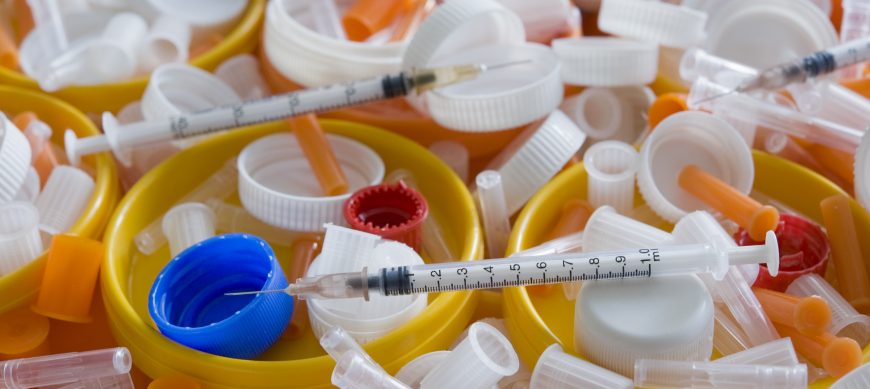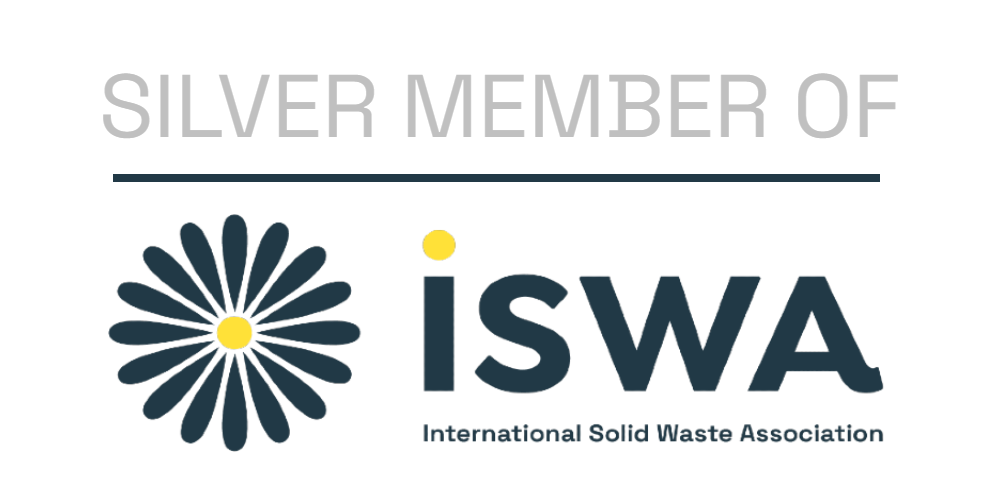Hospital waste bring major issues in the medical facilities’ everyday life because of the regulations surrounding their management. The solutions for dealing with these hazardous waste are very strict and highly monitored. Some hospitals have been using the autoclave technology for decades (allowing the decontamination by rise in temperature and pressure). However, this technology reaches its limits and does not ensure the safety level provided by the microwaves sterilization methods, both for the staff and the environment.
These are the conclusions of the scientific article published by Klaus Zimmermann – an Austrian specialist in hospitals’ infection risks. Reviewing the different techniques available, he concludes that the microwaves methods, such as Sterilwave, are safer regarding the “medical waste bacterial inactivation”. In addition, it is also more ecological as it is consuming less energy and not producing liquid effluents, (Klaus Zimmermann, 2017). Mr Zimmermann’s publication has been endorsed and shared by the ISWA (International Solid Waste Association) – a non-governmental and non-profit organization making studies and scientific analysis on waste management, on a global scale.
On-site biomedical waste management appears to be the best option to preserve at the same time the environment, the waste traceability and to minimize sanitary risks for the staff and the neighbouring population. Independent laboratories showed that the effective decontamination of biohazardous waste by Sterilwave achieves an inactivation level greater than 8log10 (sterilization level), proving that the microwaves method is efficient and easy-to-use.


